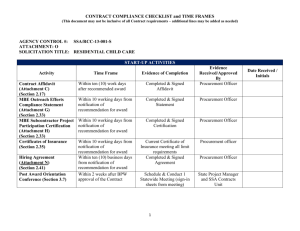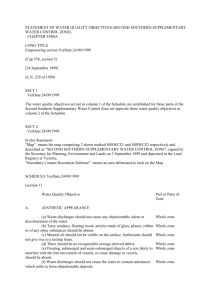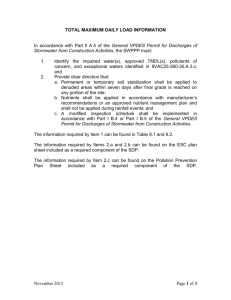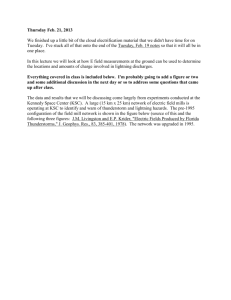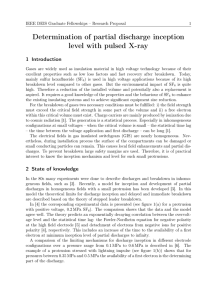DHR Private Contractor Annual ReportSep 17 2012
advertisement
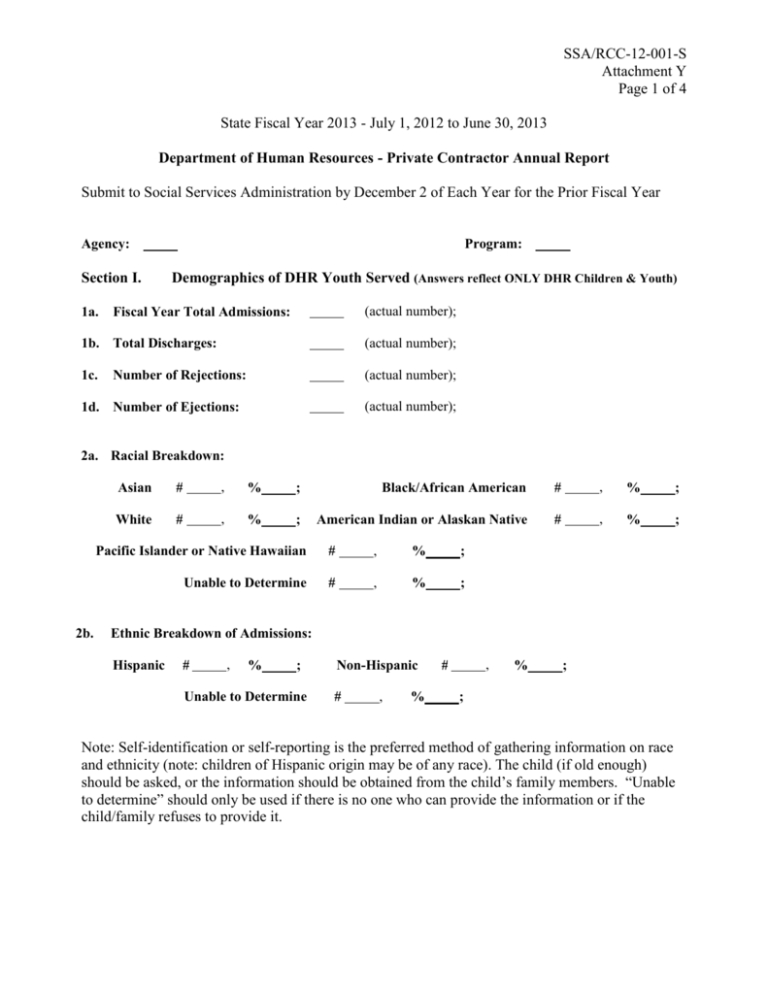
SSA/RCC-12-001-S Attachment Y Page 1 of 4 State Fiscal Year 2013 - July 1, 2012 to June 30, 2013 Department of Human Resources - Private Contractor Annual Report Submit to Social Services Administration by December 2 of Each Year for the Prior Fiscal Year Agency: Section I. 1a. Program: Demographics of DHR Youth Served (Answers reflect ONLY DHR Children & Youth) (actual number); Fiscal Year Total Admissions: 1b. Total Discharges: (actual number); 1c. (actual number); Number of Rejections: (actual number); 1d. Number of Ejections: 2a. Racial Breakdown: 2b. Asian # , % ; Black/African American # , % ; White # , % ; American Indian or Alaskan Native # , % ; Pacific Islander or Native Hawaiian # , % ; Unable to Determine # , % ; Ethnic Breakdown of Admissions: Hispanic # , % ; Unable to Determine Non-Hispanic # , % , # % ; ; Note: Self-identification or self-reporting is the preferred method of gathering information on race and ethnicity (note: children of Hispanic origin may be of any race). The child (if old enough) should be asked, or the information should be obtained from the child’s family members. “Unable to determine” should only be used if there is no one who can provide the information or if the child/family refuses to provide it. SSA/RCC-12-001-S Attachment Y Page 2 of 4 3. Age at Admission: 0-5 # , % ; 6-10 # , % ; 11-15 # , % ; 16-18 # , % ; # , % ; Over 18 4. Gender of Admission: 5. Previous Placements: male # , % ; female higher # , % ; lower # , % ; lateral # , % ; # , % ; Previous placement refers to the immediate placement prior to admission into your program. A lateral move refers to movement from one program into another of the same type. Based on the following continuum: (Highest level of care) Psychiatric Hospitalization - Residential Treatment Center (RTC) Therapeutic Group Home - Large Group Home or Small Group Home - Alternative Living Unit - Treatment Foster Care - Semi independent living - Independent living - Regular Foster Care - Shelter Care - Kinship Care - Biological Family Home (Least restrictive level of care) 6a. Racial Breakdown of Discharges (see question 2 above): 6b. Asian # , % ; Black/African American # , % ; White # , % ; American Indian or Alaskan Native # , % ; Pacific Islander or Native Hawaiian # , % ; Unable to Determine # , % ; Ethnic Breakdown of Discharges: Hispanic , # % ; Non-Hispanic Unable to Determine 7. Age at Discharge: , # % , # % ; ; 0-5 # , % ; 6-10 # , % ; 11-15 # , % ; 16-18 # , % ; # , % ; Over 18 SSA/RCC-12-001-S Attachment Y Page 3 of 4 8. Gender of Discharges: male # , % ; Female # , # , % ; 9. Placements of Discharges (Use same scale as shown in 6 above) : 10. # 1 Year – 18 Months Section II. , % ; Lower # , % ; Lateral % ; , % # 3 Months – 1 Year ; , % ; # Over 18 Months , % # , ; % ; Outcomes of DHR Youth Served Safety Outcome: Children shall be protected and safe from abuse and harm. Safety Indicator: Of all children and youth in your program during the period under review what number and percentage, if any, were the subjects of substantiated or indicated maltreatment by a foster parent or agency staff? Number: 2. # Length of Placement : 0 - 3 Months 1. Higher Percentage: Safety Indicator: Of all the children and youth in your program during the period under review, what number and percentage, were the subjects of critical incident reports involving physical harm to them from any source? Number: Percentage: Permanence Outcome: Children will have permanence and stability in their living situations. Permanence Indicator: Of all the children and youth discharged from your program during the period under review, what number and percentage were reunified with their family or placed in adoptive homes within 24 months following the time of removal from their home. Number: Well-being Indicators: Percentage: # of runaways , # of school aged children enrolled in school , # of critical incidents # of children receiving supportive services according to the case plan , , SSA/RCC-12-001-S Attachment Y Page 4 of 4 Section III. (Optional) Ranking Your Program Strengths and Issues Confronted Use additional sheets as needed. Place in rank order the five greatest achievements/successes of your program during the past year. (a = greatest achievement your program experienced during the past year.) a. b. c. d. e. Place in rank order the five greatest problems your program has faced during the past year and what have you done about them? (a = greatest problem your program faced. ) a. b. c. d. e. Please note any program changes and/or expansion impacting your program. (Use additional pages if needed.)

